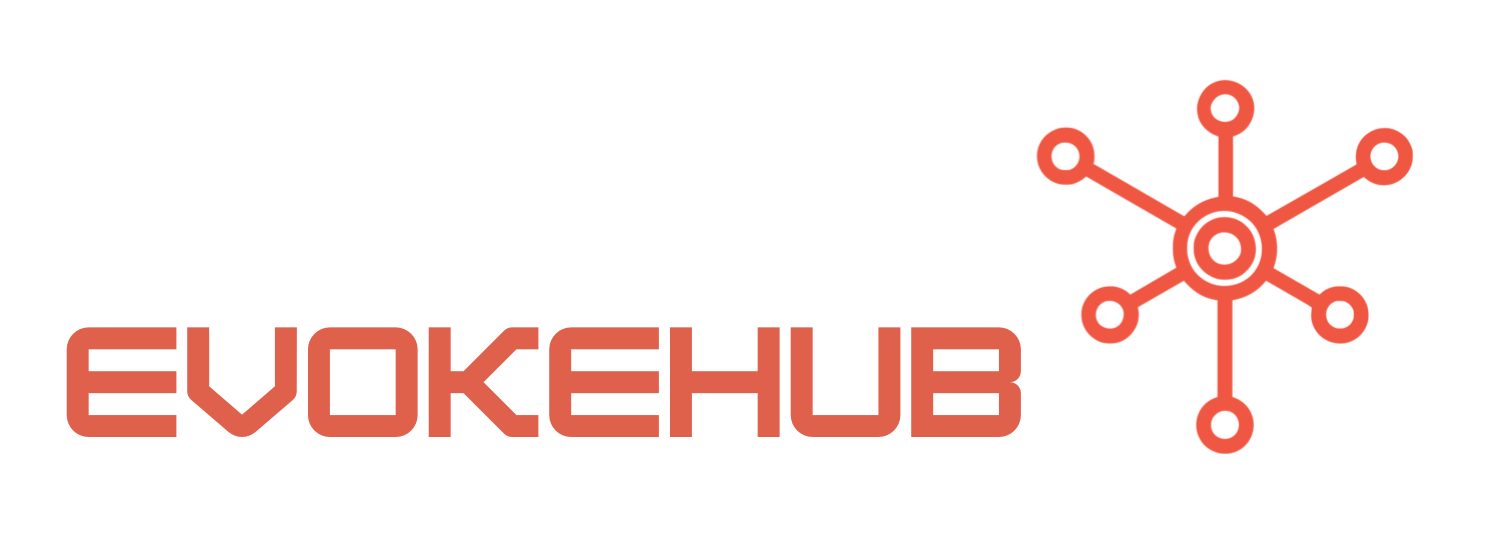Understanding Azure AD Authentication for .NET Applications
Azure Active Directory is a cloud-based identity and access management service from Microsoft. It allows organizations to manage users and groups, and provides features such as single sign-on (SSO) and multi-factor authentication (MFA). For .NET applications, Azure AD streamlines user authentication while ensuring secure access to various resources. By leveraging Azure AD, developers can avoid the overhead of managing user credentials and instead delegate that responsibility to Azure, which is designed to handle high volumes of authentication requests securely.
Using Azure AD also allows applications to integrate seamlessly with other Microsoft services and resources. For example, applications can access Microsoft Graph API, enabling developers to interact with data and intelligence in Microsoft 365. This integration is especially beneficial for businesses already using Microsoft products, as it creates a unified ecosystem for managing identities and accessing data. For more detailed insights into Azure AD, you may check the Azure AD Documentation.
Moreover, Azure AD supports various protocols like OAuth2 and OpenID Connect, giving developers flexibility in how they implement authentication. These protocols allow for secure token issuance and user authentication flows, which are particularly useful for web applications and APIs. By understanding these protocols, developers can tailor their authentication strategies to match their specific application needs, thereby enhancing the user experience while maintaining security.
Step-by-Step Guide to Implementing Azure AD in .NET
To get started with Azure AD authentication in your .NET application, the first step is to register your application in the Azure portal. Navigate to the Azure portal and create a new application registration. During this process, you will specify the redirect URI, which is essential for the OAuth2 flow. Once registered, you will receive an Application (client) ID and Directory (tenant) ID, which are crucial for configuring your application to authenticate against Azure AD.
Next, you will need to configure your .NET application to use Azure AD. This involves installing the necessary NuGet packages such as Microsoft.Identity.Web for ASP.NET Core applications. With these packages in place, you can modify the appsettings.json file to include your Azure AD configuration, including the client ID, tenant ID, and client secret. By using this configuration, your application can authenticate users against Azure AD and acquire tokens for secured API access.
Finally, implement the authentication middleware in your application’s startup configuration. For ASP.NET Core, this requires adding services for authentication via the ConfigureServices method and using the UseAuthentication and UseAuthorization middleware in the Configure method. This setup ensures that your application can handle authentication requests and enforce authorization policies effectively. For a more detailed implementation guide, refer to the Microsoft Identity documentation.
Implementing Azure AD authentication in .NET applications not only enhances security but also improves the overall user experience by simplifying the login process. By following the outlined steps, developers can integrate Azure AD efficiently, providing their users with a seamless and secure authentication experience. As the landscape of application security evolves, leveraging services like Azure AD will be crucial for developers aiming to build robust and secure applications. Embracing modern authentication practices is not just beneficial; it’s essential for maintaining the integrity and trustworthiness of any application.




